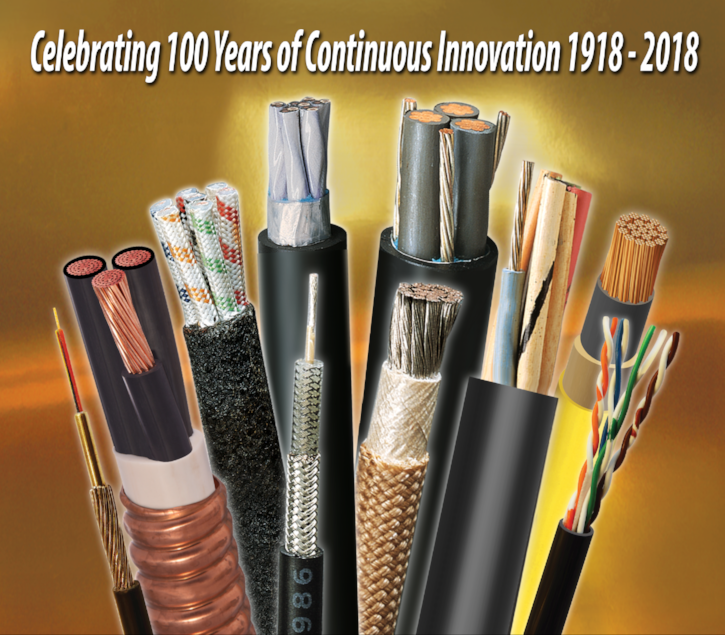 In the public domain, such as a high-rise building or subway tunnel where people are present, clear standards exist to specify a fire safety cable to ensure notification, egress, and emergency system continued operation.
In the public domain, such as a high-rise building or subway tunnel where people are present, clear standards exist to specify a fire safety cable to ensure notification, egress, and emergency system continued operation.
But what about private facilities where the general public is not present, and the NEC does not dictate what performance level of circuit integrity a critical circuit cable must meet? Industrial facilities, such as chemical plants, refineries, fertilizer plants, and gas plants often use engineering judgements to determine which types of cables to use for circuits that must maintain integrity during a fire.
Among standards being followed in the industry today are the IEC 60331, modified versions of IEC 60331, UL 2196, and UL 1709 per API 2218. Which of these standards will ensure the best performance during a fire event?
One of the very first circuit integrity tests to come along was IEC 60331, Tests for electric cables under fire conditions – Circuit integrity – first published in 1970. There have been numerous revisions and parts added IEC 60331 to cover the advancements in cable types of cables needing to be tested.
Historically, engineers specifying circuit integrity cables for petrochemical facilities have long utilized the modified IEC 60331 standard modified to 2000⁰F for a duration of 3 hours. The target of 2000⁰F is appropriate for facilities that handle hydrocarbons or other highly volatile chemicals that when ignited can result in very extreme fires when compared to a fire a commercial building would experience. And three hours of survivability is thought to be ideal since the longer a cable survives the better it must be, right? Well that’s not necessarily true. If an industrial facility with highly volatile and flammable materials is still on fire for three hours, it is most likely said industrial facility is a complete loss.
Ultimately, all modifications of this test to do not place cable samples close enough to the flame source to replicate a fire event in petrochemical facility.
The UL 2196 test is predominantly used for commercial buildings and transit infrastructure where a maximum test temperature of 1850⁰F is required.
The UL 1709 test provides the closest representation of a fire that a petrochemical facility could experience. In fact, the American Petroleum Institute, in document API 2218 “Fireproofing Practices in Petroleum and Petrochemical Processing Plants” recommends that critical circuit cables survive for 15 to 30 minutes under UL 1709 conditions. UL 1709 fire conditions are much more severe test than IEC 60331 test modified to 2000⁰F for three hours as it is a furnace test, not an open air ribbon burner test.
For More Test Comparison Information click below

